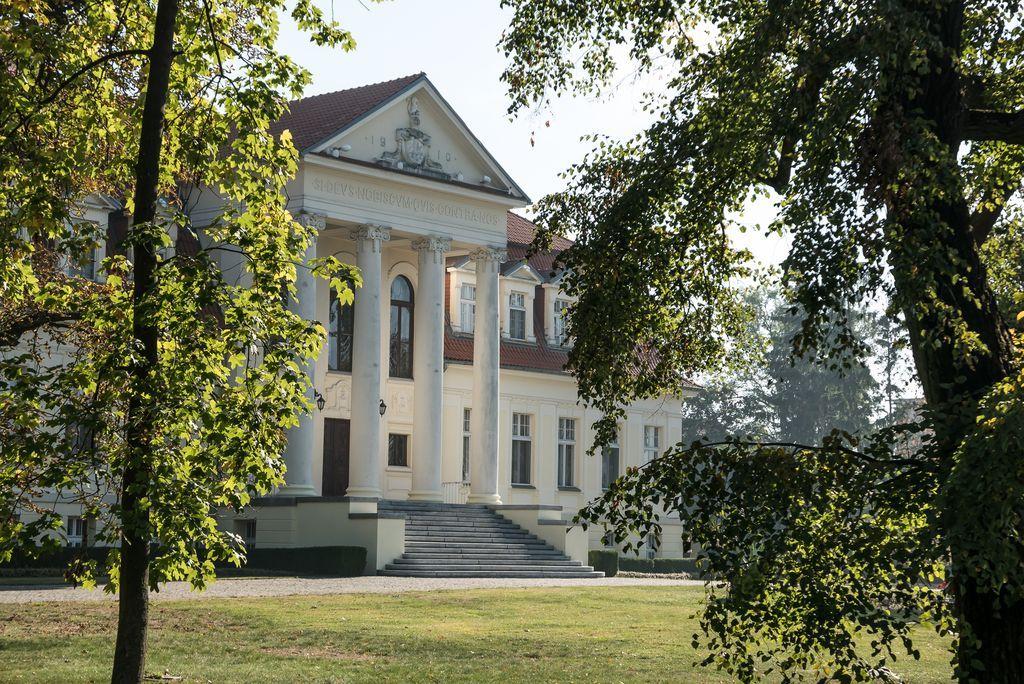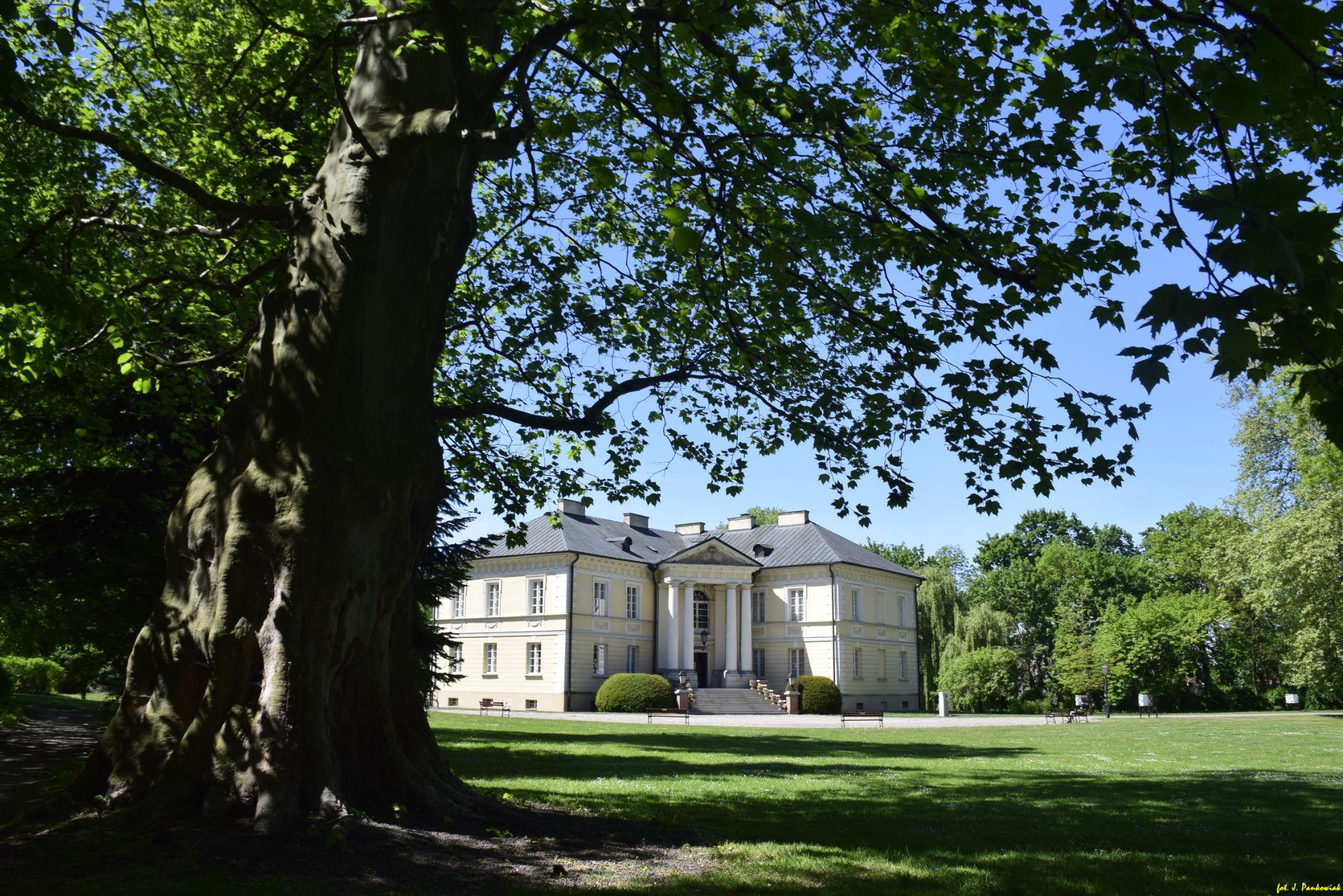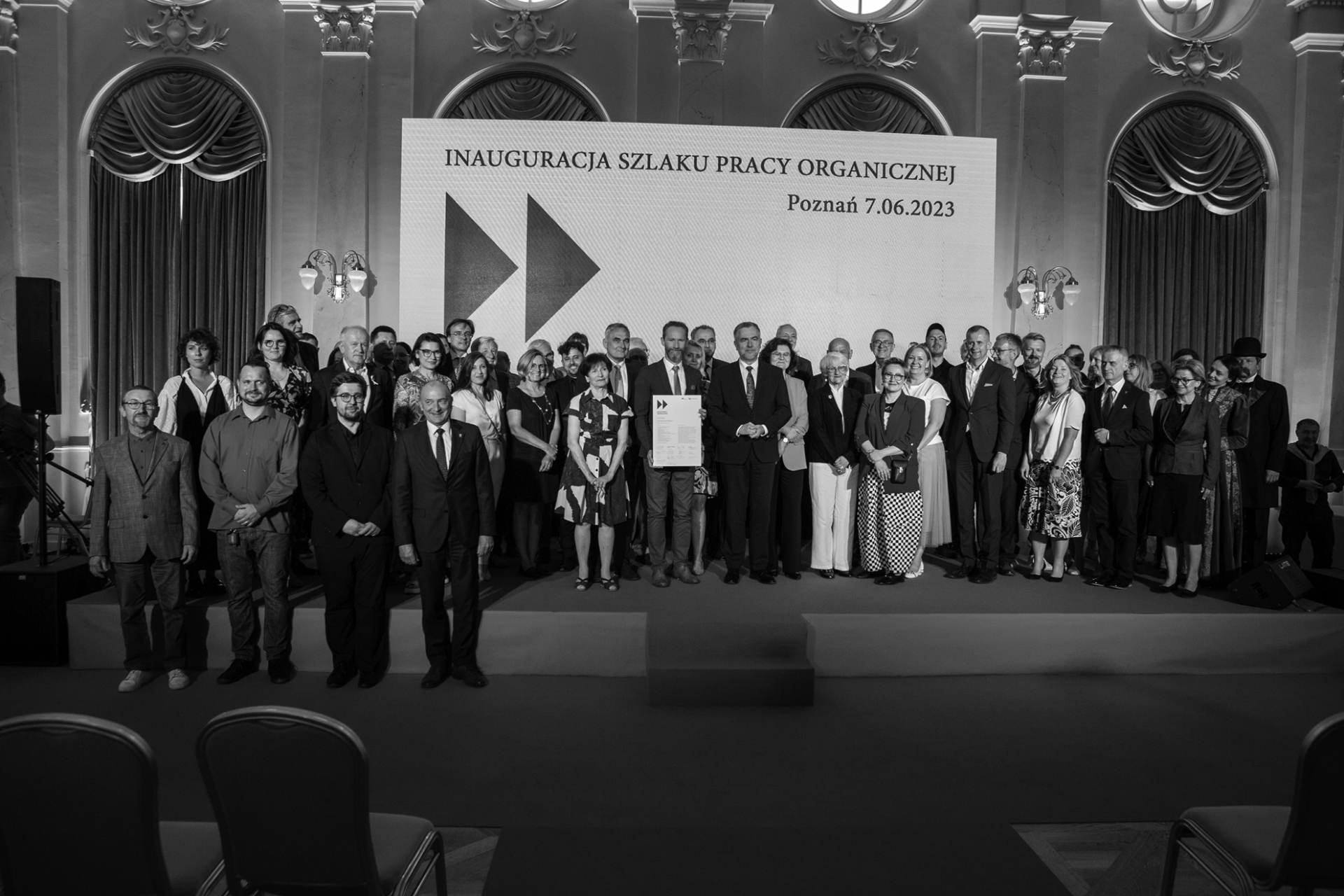
Community
The Organic Work Trail community is currently formed by institutions, non-governmental organizations and local government units related to the heritage of organic work in Greater Poland:
Poznań Heritage Center
Poznań
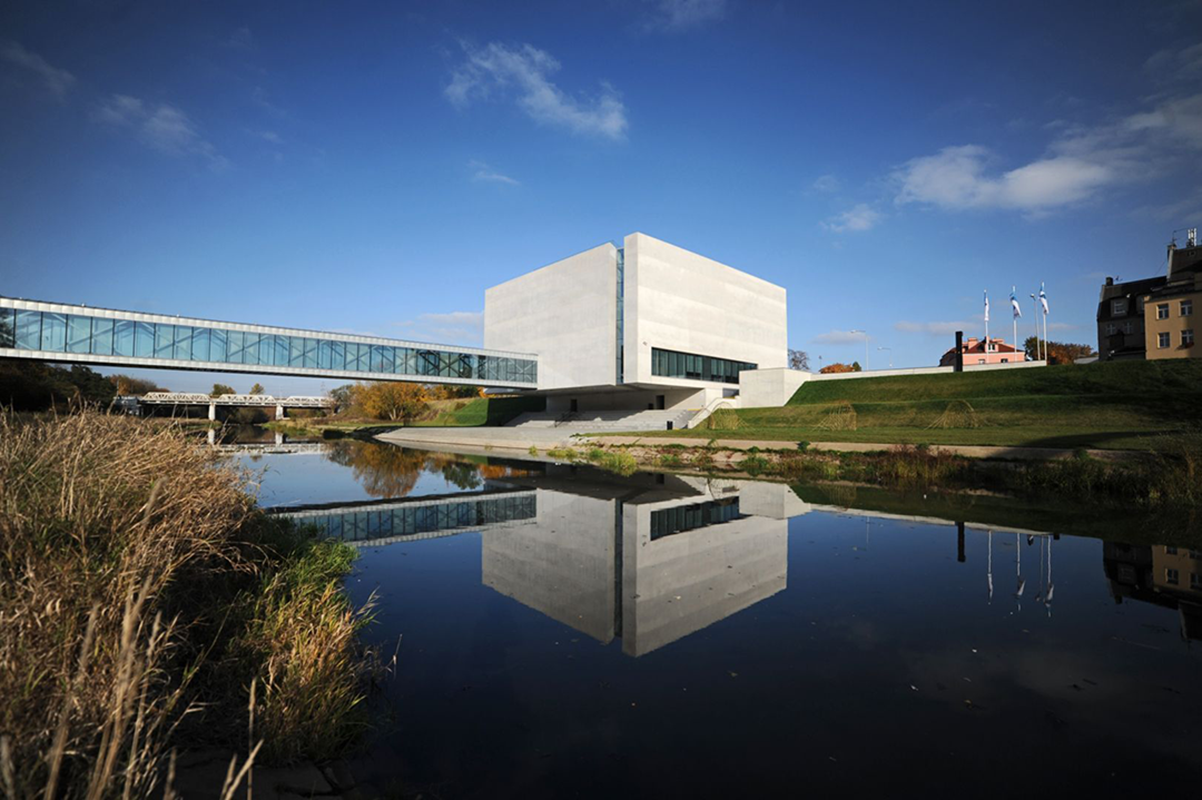
The Poznań Heritage Centre is a city cultural institution that talks about Poznań and its heritage. It operates in the Poznań Gate, on the Royal-Imperial Route, in the Enigma Cipher Centre, in the Śluza Gallery and at Fest Fyrtlach. It also realises such initiatives as: the Śródka Social Archive and the Poznań Trail of Legends for Children.
The Poznań Society of Friends of Learning
Poznań
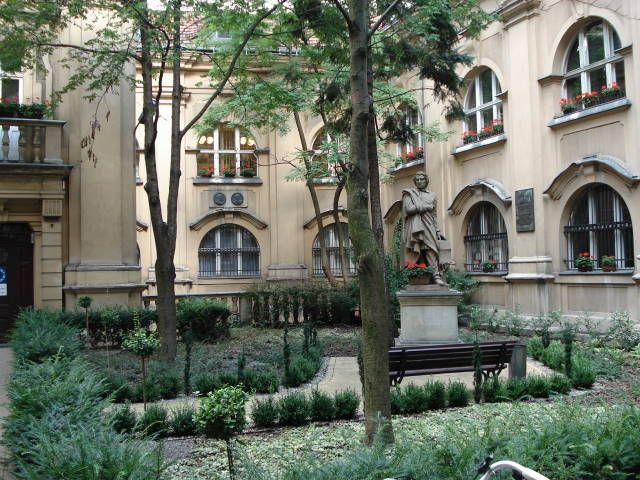
The Poznań Society of Friends of Learning met for the first time in 1857. The presidents of the organization were the following organic work heroes: August Cieszkowski, Tytus Działyński, Karol Libelt, Stanisław Końmian and archbishop Edward Likowski. The Society's great benefactor was Seweryn Mielżyński, who donated his valuable art, archaeological and numismatic collections to it. The first members of the Society were concerned with the protection and development of endangered national culture and science in the Prussian partition, where it was impossible to establish and operate a Polish university. Initially mainly a humanistic and artistic association, it began to expand its scientific fields. After gaining independence, the Society's activity led to the establishment of a university in Poznań.
The Poznań Society of Friends of Learning
Poznań
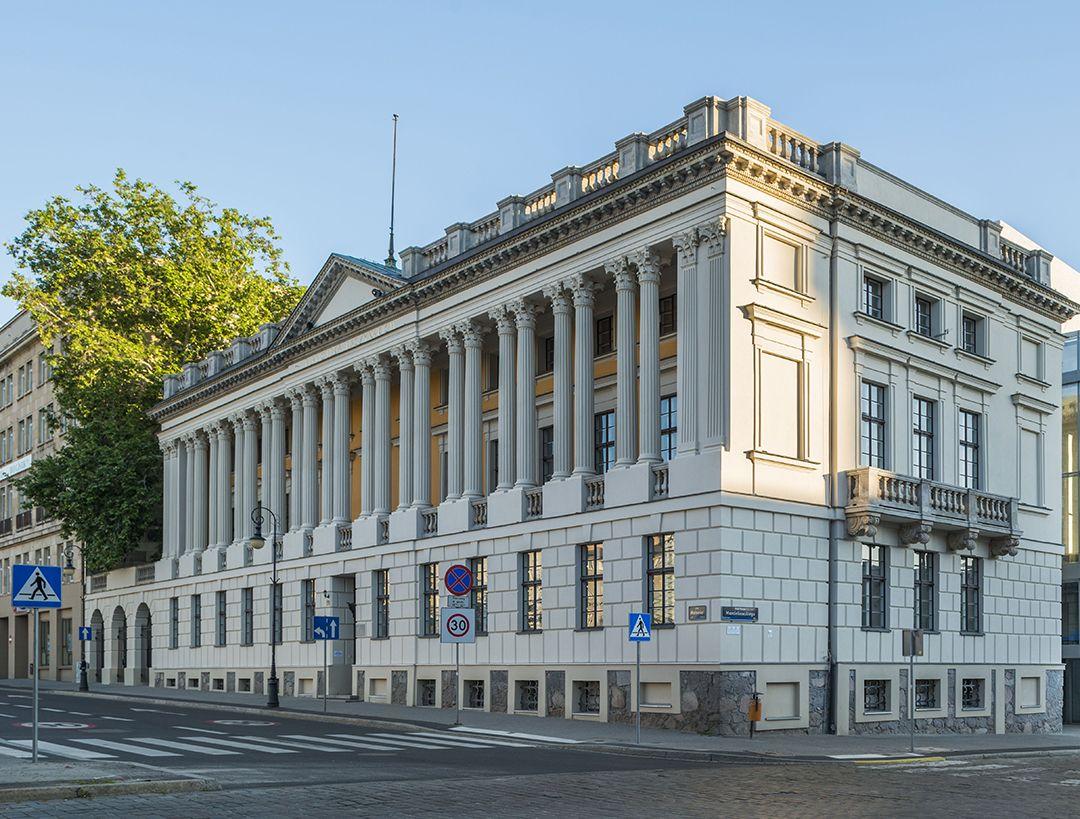
The Poznań Society of Friends of Learning met for the first time in 1857. The presidents of the organization were the following organic work heroes: August Cieszkowski, Tytus Działyński, Karol Libelt, Stanisław Końmian and archbishop Edward Likowski. The Society's great benefactor was Seweryn Mielżyński, who donated his valuable art, archaeological and numismatic collections to it. The first members of the Society were concerned with the protection and development of endangered national culture and science in the Prussian partition, where it was impossible to establish and operate a Polish university. Initially mainly a humanistic and artistic association, it began to expand its scientific fields. After gaining independence, the Society's activity led to the establishment of a university in Poznań.
Institute of Bioorganic Chemistry of the Polish Academy of Sciences
Poznań/Turew
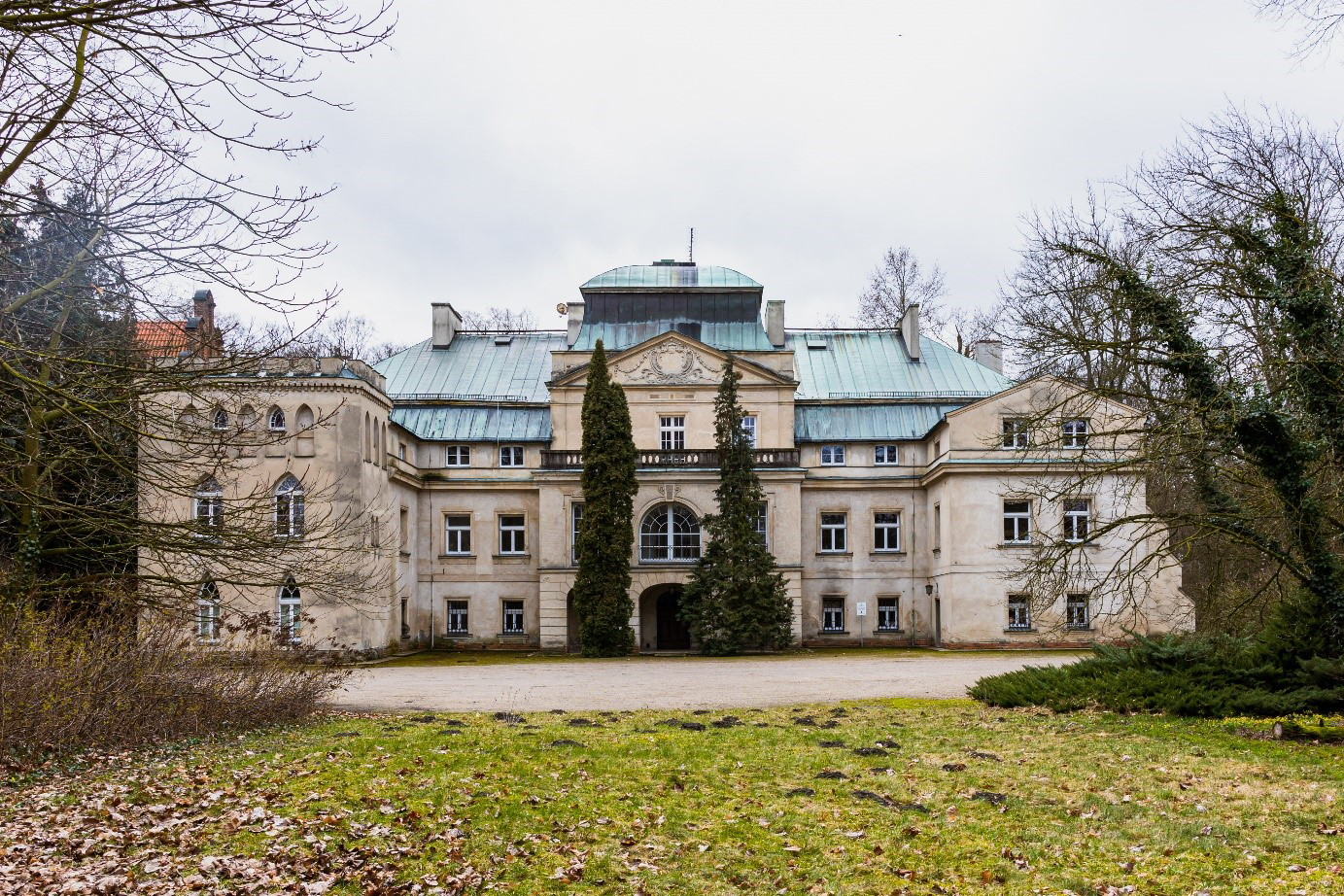
The Institute of Bioorganic Chemistry of the Polish Academy of Sciences is a unique interdisciplinary scientific centre in Poland and Europe conducting research combining the areas of chemistry, biology and computer science. Since the end of October 2022, the Institute manages the palace and park complex in Turew, developing a concept of using the space as an artistic and research residence. This approach allows it to use the unique values of this place to promote development, science and art, in line with the idea of organic work initiated on Polish lands in Turew by general Chłapowski.
Greater Poland Independence Museum
Poznań
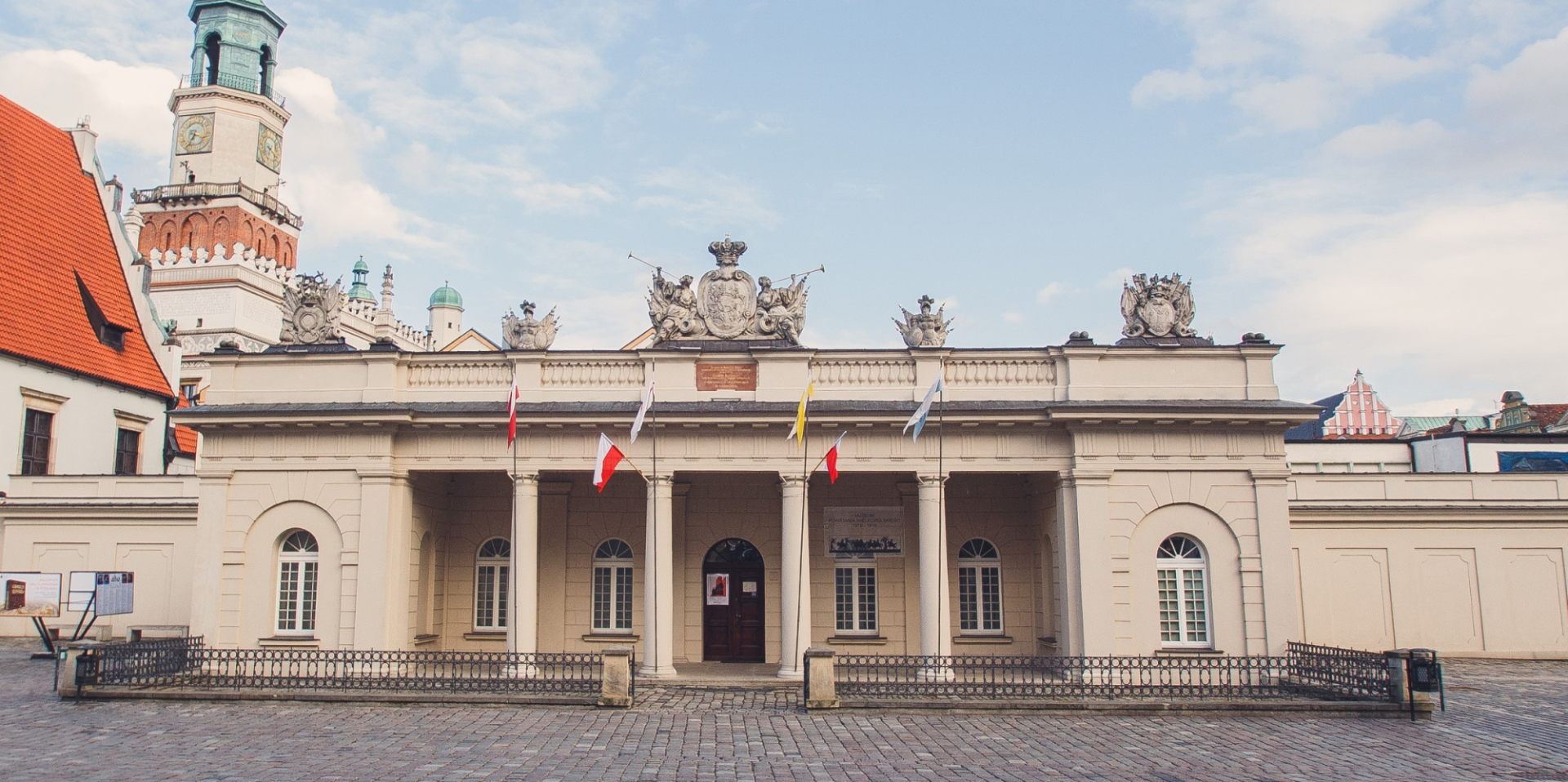
The museum is located in the Guard building on the Old Market Square - one of the most outstanding monuments of Polish architecture. It was built on the initiative of the then general starost of Greater Poland, Kazimierz Raczyński. Until Poznań was occupied by Prussia as part of the Second Partition of Poland, Crown troops were stationed in the Guard building. During the partition period, the inhabitants of Poznań witnessed the guards of the invader's army stationed here, which made the Old Town Guard building the main garrison of the Poznań Fortress. In 1918, Polishness returned to the building. In November, one of the most important formations of the Greater Poland Uprising was based here.
Foundation Julia Woykowska
Poznań

There should be more women in Polish public and political life - all the Foundation's activities have this very goal: to make women believe in themselves and their agency. To reject the barriers that hold them back, patriarchal upbringing, stereotypes, and "truths" that they themselves believe in. For this purpose, the Foundation implements projects, often of a herstorical nature, including: Kobiety na pomniki, Warsztaty mocy, Dziewczyny rządzą ("Women for monuments", "Workshops of power", "Girls rule!"). The connection between the place and organic work is already visible through the figure of the matriarch Julia Woykowska, an emancipator, educational and social activist.
City and Municipality of Kórnik
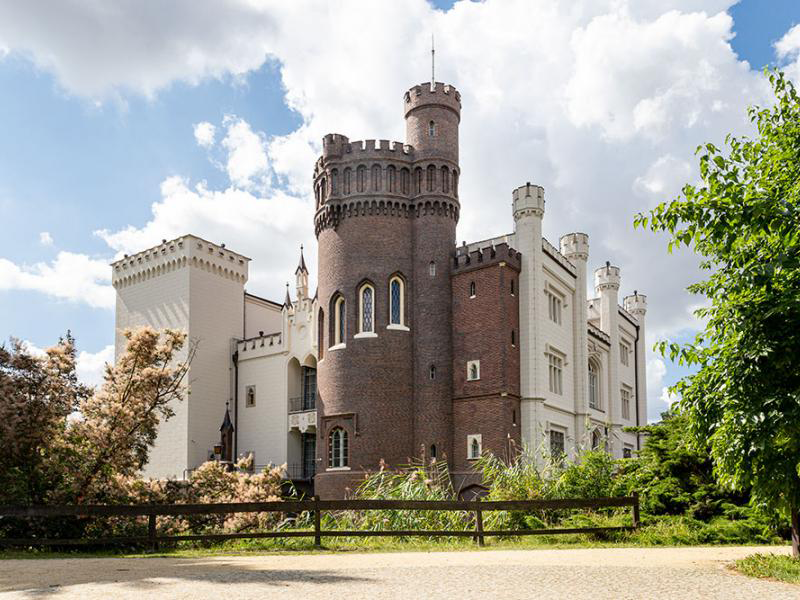
The Municipality of Kórnik is located in the central part of Greater Poland, in Poznań County. A great tourist attraction and a symbol of the city is the Kórnik Castle. The castle houses a museum with unique exhibits and the seat of one of the five largest libraries in Poland - the Kórnik Library of the Polish Academy of Sciences. Most of the city's cultural events are organized here: music and poetry concerts, theatre performances and painting and photography exhibitions. The castle is surrounded by a beautiful park, one of the oldest in Poland and the richest in terms of the number of species and varieties of dendrological parks in Central Europe. Since 2010, cultural events, both local and nationwide, have been organized at the Kórnik Recreation and Sports Centre OAZA (“Oasis”).
City and Municipality of Kórnik
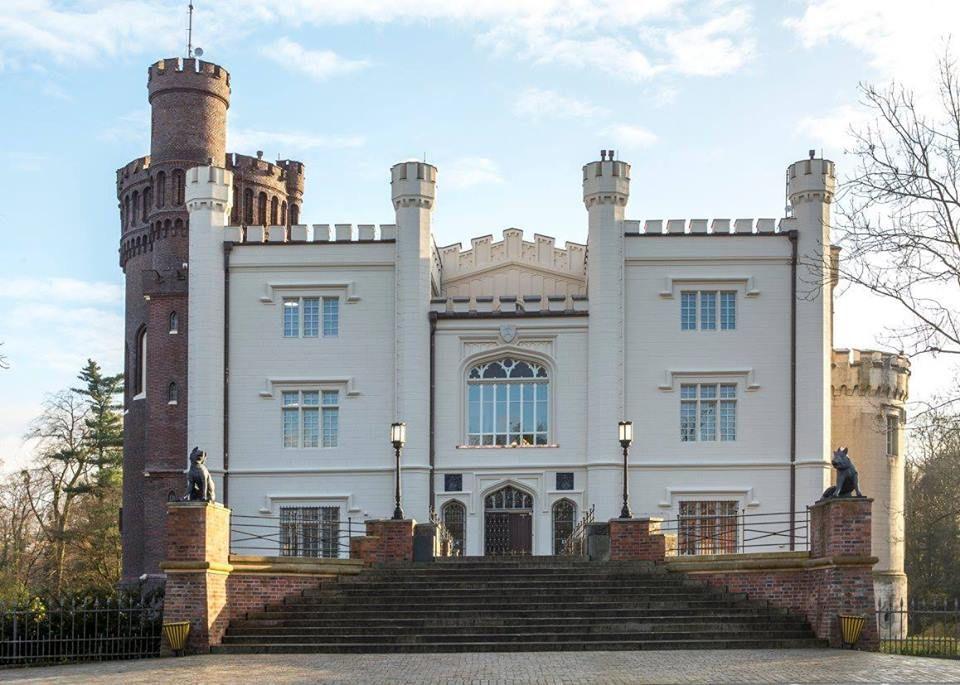
The Municipality of Kórnik is located in the central part of Greater Poland, in Poznań County. A great tourist attraction and a symbol of the city is the Kórnik Castle. The castle houses a museum with unique exhibits and the seat of one of the five largest libraries in Poland - the Kórnik Library of the Polish Academy of Sciences. Most of the city's cultural events are organized here: music and poetry concerts, theatre performances and painting and photography exhibitions. The castle is surrounded by a beautiful park, one of the oldest in Poland and the richest in terms of the number of species and varieties of dendrological parks in Central Europe. Since 2010, cultural events, both local and nationwide, have been organized at the Kórnik Recreation and Sports Centre OAZA (“Oasis”).
Museum in Gostyń
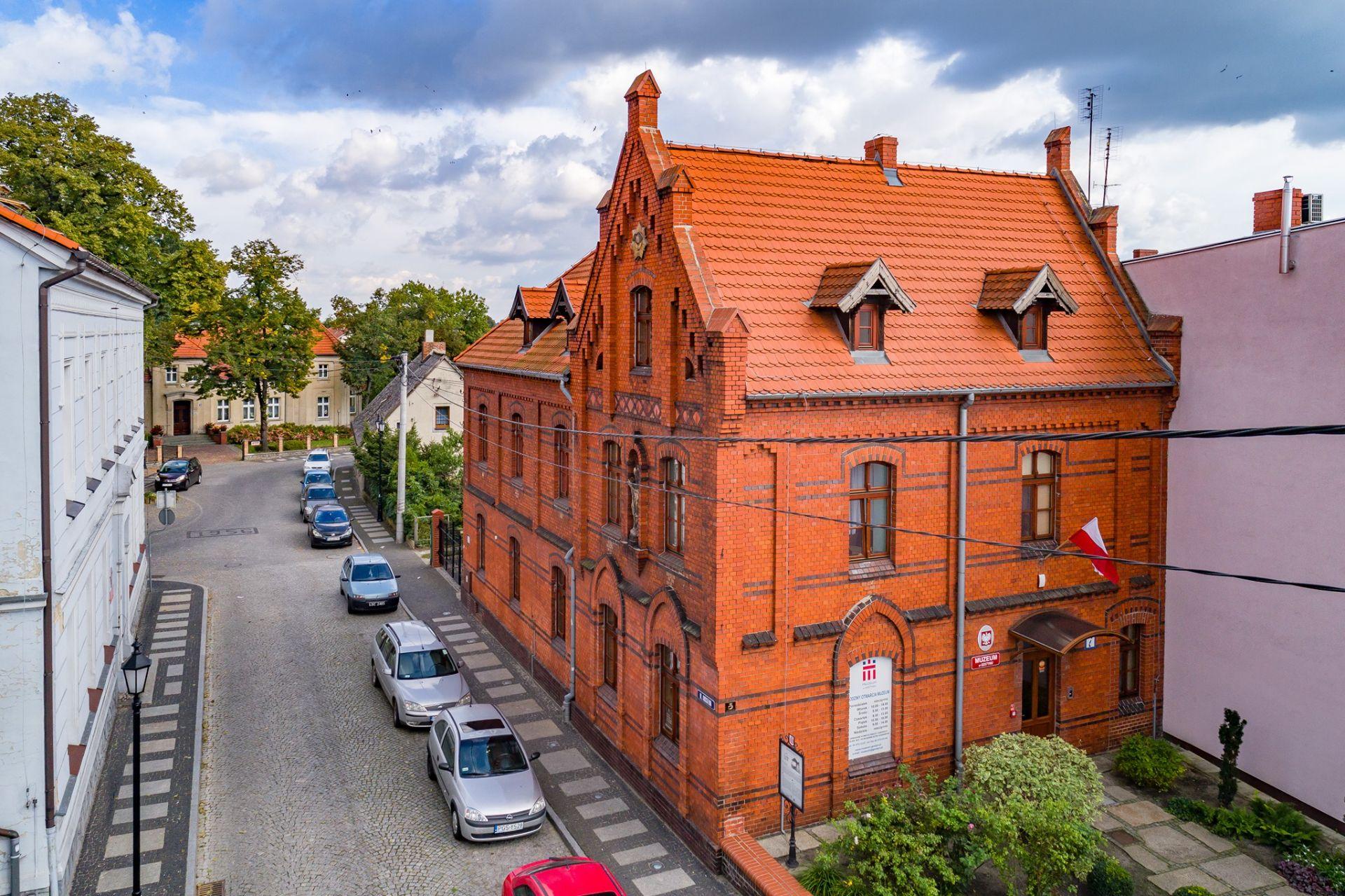
The museum is of a regional nature and presents mainly archival materials regarding the history of Gostyń and the surrounding area. In addition to permanent and temporary exhibitions, the Museum currently offers a number of thematic lessons, including two related to organic work and the Gostyń Casino. The origins of the Museum are related to the history and collections of the Gostyń Casino, including the activities of Gustaw Potworowski (founder of the Casino) and Antoni Kiliński (librarian of this institution). The casino was an institution of Polish cultural and social life and influenced the formation of national attitudes during the Germanization period. The former Casino building now houses the Hospital in Gostyń and a commemorative plaque of Karol Marcinkowski.
Kościan Commune
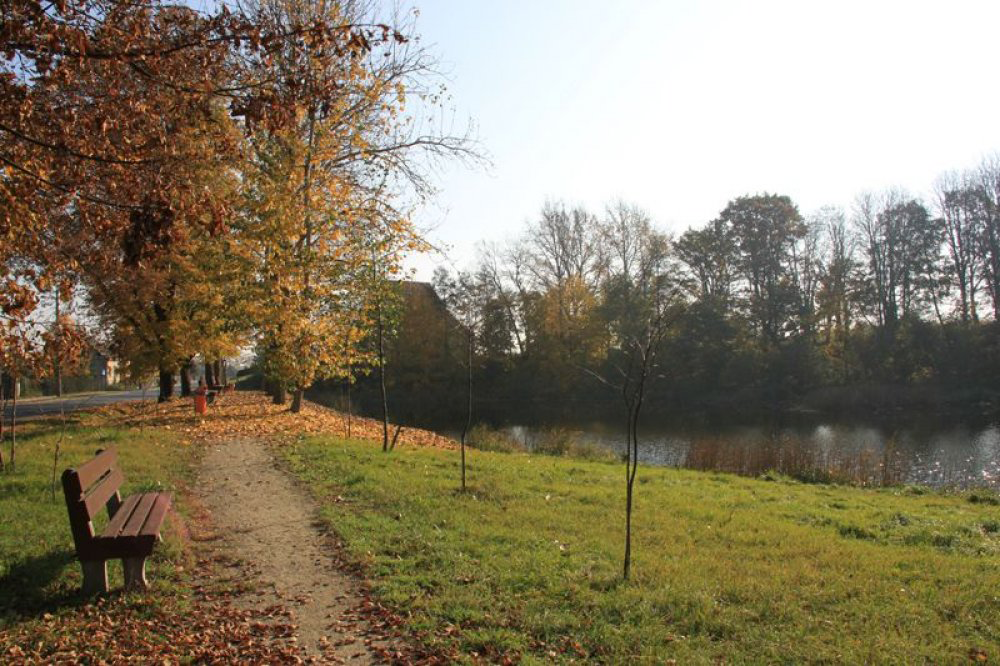
Through the Chłapowski family seat in Turew, inextricably linked with the cradle of organic work in Greater Poland. The inhabitants do not forget about the history and tradition of the region, about their compatriots who contributed to the development of their small homeland. In the "Protect from oblivion" series, they create documentaries about disappearing professions, inhabitants and their passions. The commune supports local activities, including the "Bonum Adipisci - strive for goodness" Foundation, established to document and popularize knowledge about the landed gentry nobles, present the history of the region, and ultimately lead to the creation of the Museum of the Longest Modern War in Europe.
Regional Knowledge Centre in Lwówek
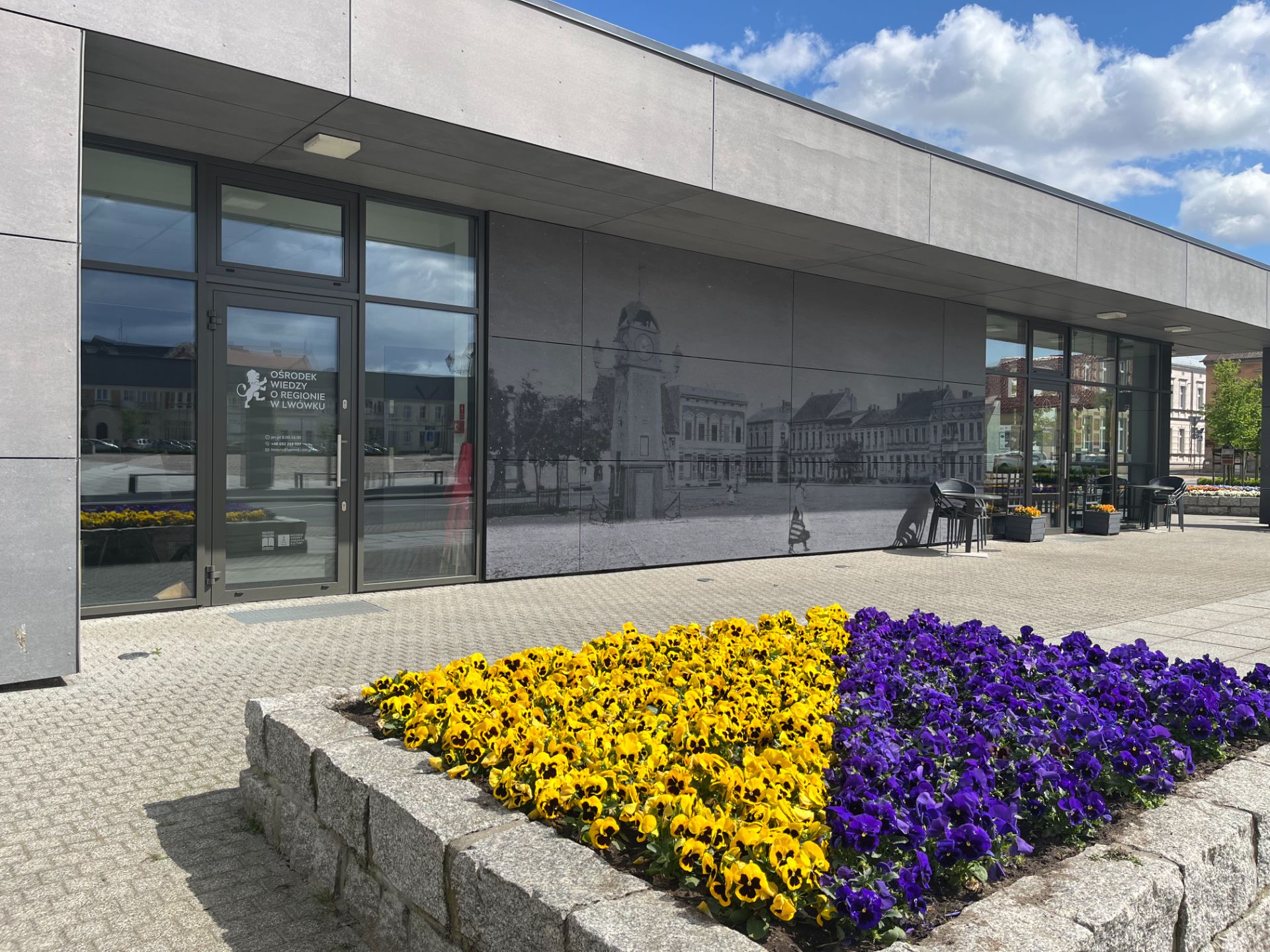
Operating since the beginning of 2021, it is located in the old market square in Lwówek, functioning as part of the Public Library of the City and Municipality of Lwówek and the Municipal and Communal Cultural Centre in Lwówek. The purpose of this place is to archive documents of social life, photographs, conduct historical research and promote regional history, among others. as part of historical lessons for schools, tours around the city and commune, meetings and lectures, as well as part of the Lwówek Digital Archive website and through publishing activities.
Palace Museum in Rogalin
Branch of the National Museum in Poznań
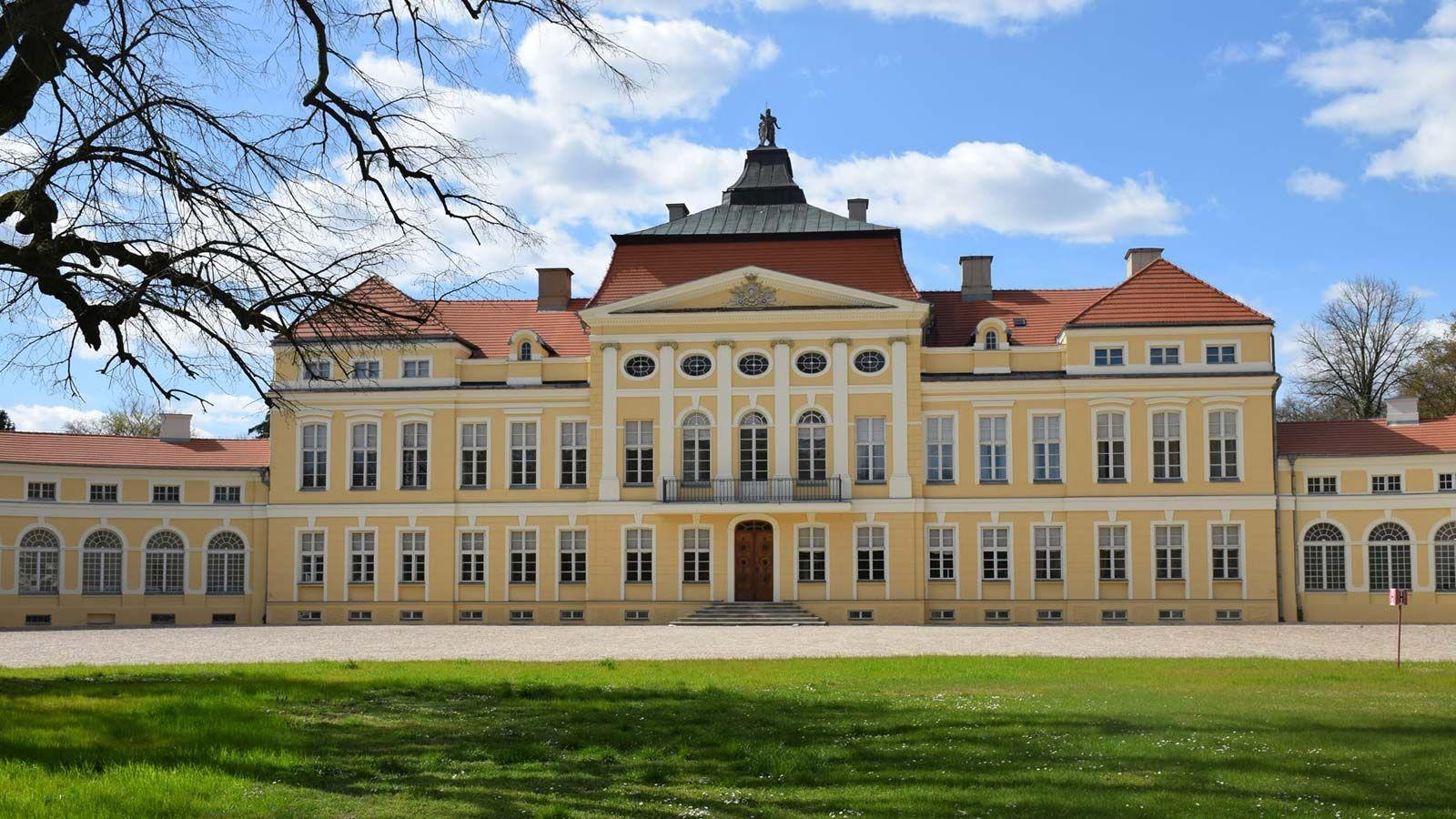
The palace and garden complex from the 18th century is the ancestral seat of Kazimierz Raczyński, starost general of Greater Poland and court marshal of the crown during the times of Stanisław August. His grandson Edward, considered one of the forerunners of organic work, expanded it with a naturalistic park with famous, monumental oaks and a church-mausoleum, and set up an armoury in the palace - the first museum chamber in Greater Poland. In Poznań, he founded the Raczyński Library - the first public institution of this type in the region. The traditions of cultural and artistic patronage were continued by his descendants: Roger, who cooperated with the Poznań Society of Friends of Learning, and Edward Aleksander, the creator of the Painting Gallery in Rogalin intended for the public.
Adam Mickiewicz Museum in Śmiełów
Branch of the National Museum in Poznań
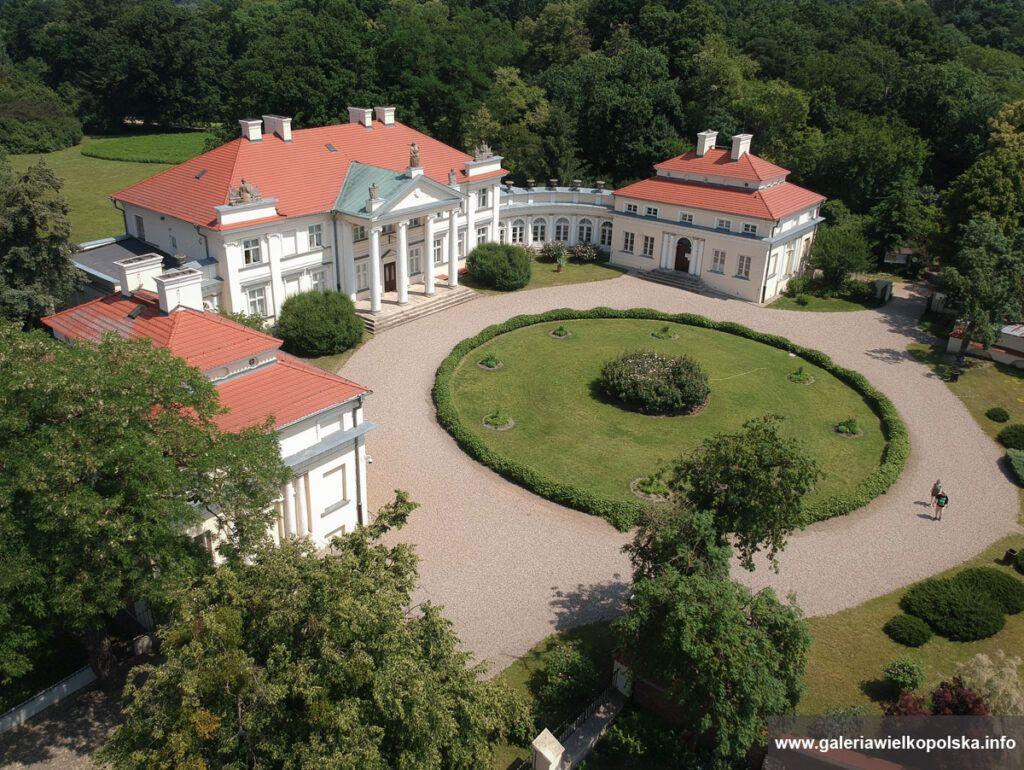
In 1784, Śmiełów was purchased by Andrzej Gorzeński, president of the Court of Appeal for the Grand Duchy of Poznań. The palace became a centre of patriotic contraband. In mid-August 1831, Adam Mickiewicz stopped here to bring letters from the Polish Legation in Paris to the National Government. The institution is located in a classicist palace from the end of the 18th century, designed to take advantage of the scenic values of the area. The museum combines Mickiewiczian and residential issues, refers to organic work, the history of the Chełkowski and Gorzeński families and outstanding figures from the world of culture, politics and clergy.
National Museum of Agriculture and Agri-Food Industry in Szreniawa
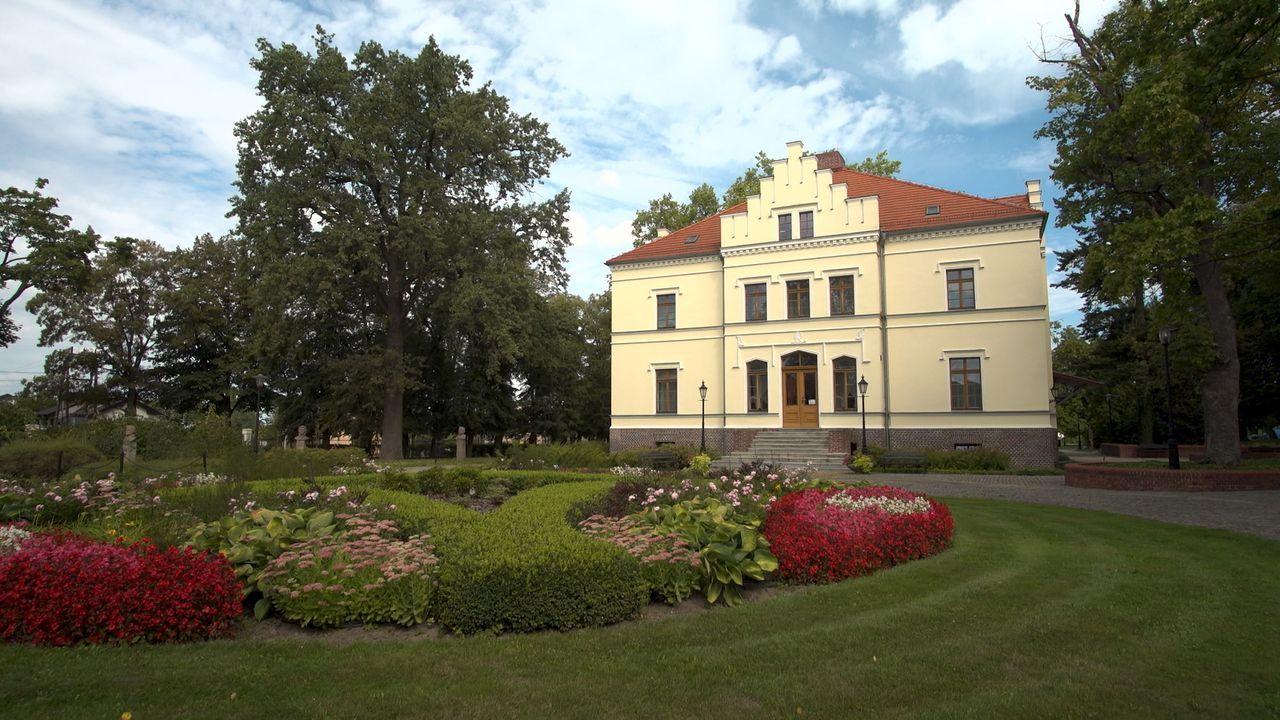
The museum presents the history of agriculture and the agri-food industry from historical and contemporary Polish lands, in particular villages in Greater Poland from the 19th and 20th centuries. The most important collections include machines, tools and other artifacts related to the person of an outstanding organic worker - Hipolit Cegielski; these are: unique locomobiles - including: the famous Hipolina, steam engines, threshers, seeders, treadmills, etc. The museum grounds feature, among others: the noble palace, a park, a distillery and a farm, including a barn with animals, exhibition pavilions and open-air exhibitions.
“Bonum Adipisci” Foundation – Strive for Goodness
Turew
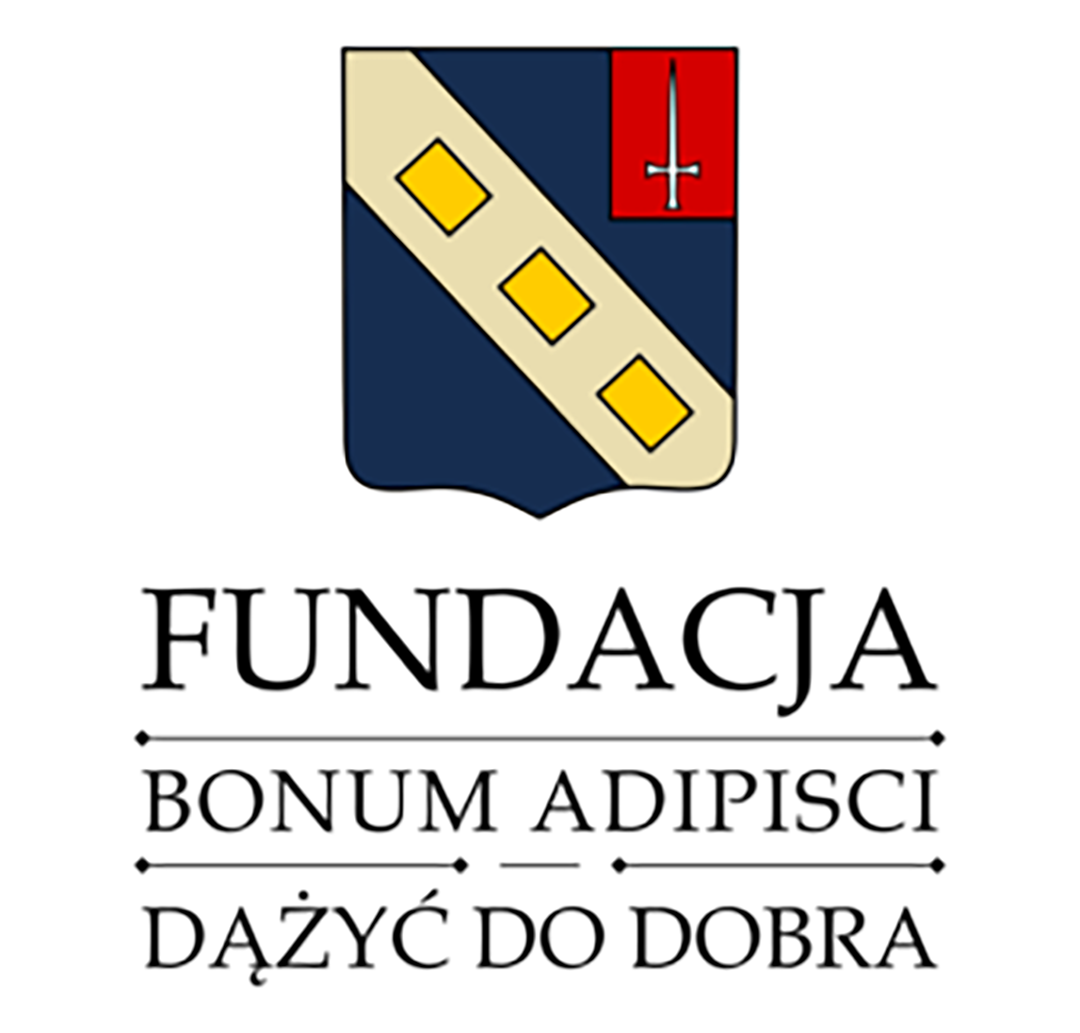
The foundation's activities focus on recalling the figure of general Dezydery Chłapowski, a Greater Poland organic work activist, but also on discovering the biographies of members of this family. This task is to document and popularize knowledge about both this and other landed gentry noble families, primarily from Greater Poland. The Foundation collects archival sources (documents, correspondence, archives, photographs, iconographic materials) showing a wide range of activities of the landed gentry nobles. It is equally important to educate and popularize knowledge not only about the nobility, its history and importance, but in a broader context, presenting the history of the region and Poland. The mission of the Foundation is to organize scientific conferences, symposia, publishing and popularization activities, and initiatives commemorating important figures and events.
Poznań Heritage Center
Poznań
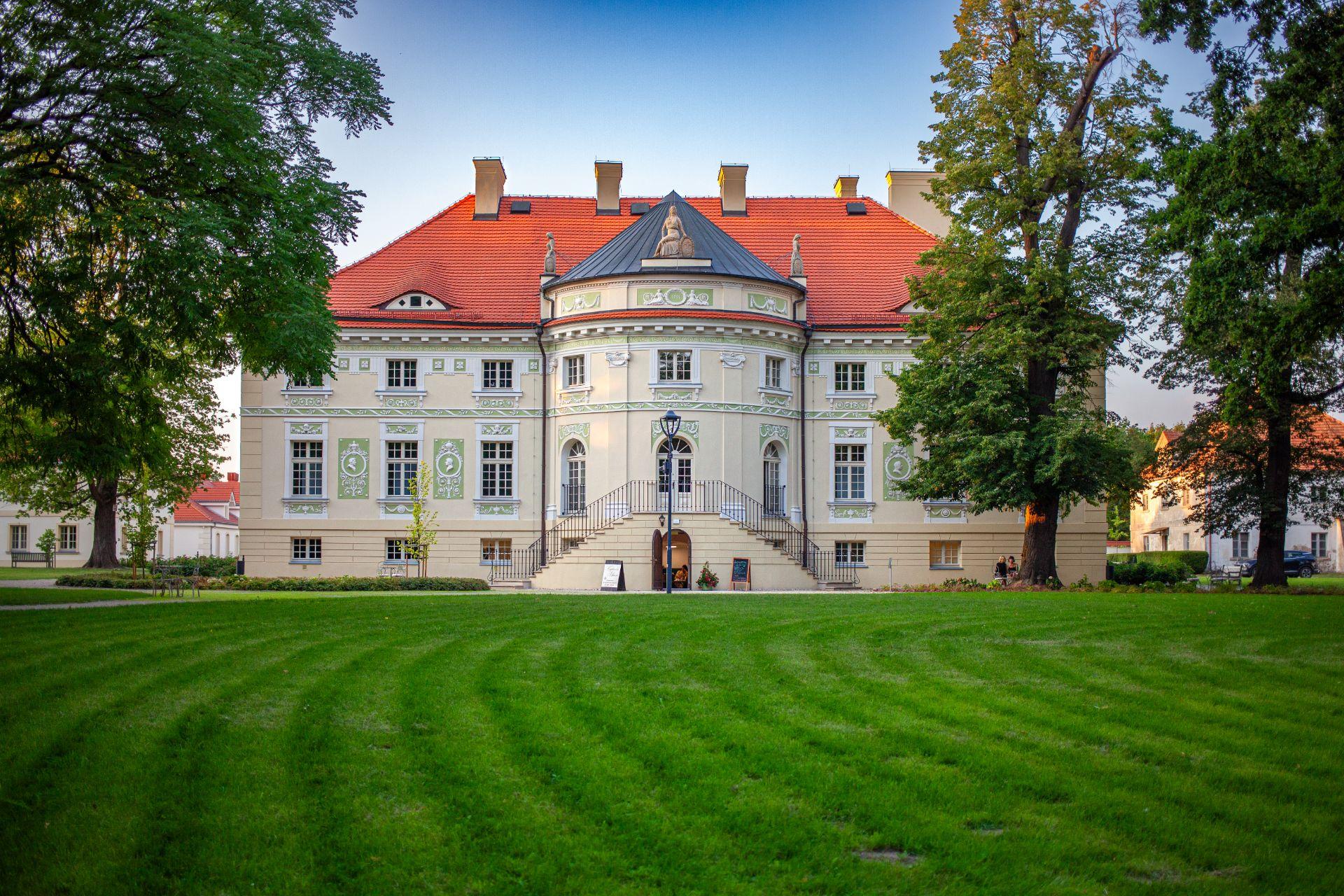
The Poznań Heritage Centre is a city cultural institution that talks about Poznań and its heritage. It operates in the Poznań Gate, on the Royal-Imperial Route, in the Enigma Cipher Centre, in the Śluza Gallery and at Fest Fyrtlach. It also realises such initiatives as: the Śródka Social Archive and the Poznań Trail of Legends for Children.
Poznań Heritage Center
Poznań
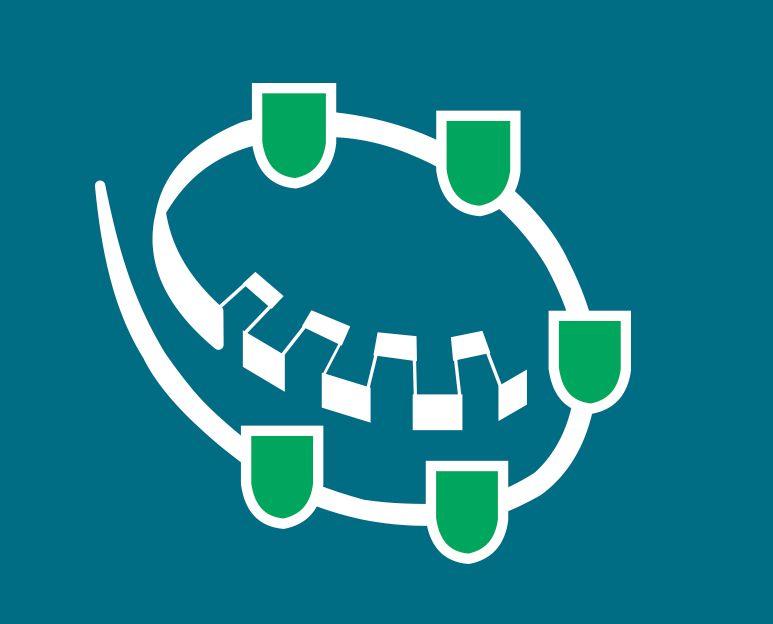
The Poznań Heritage Centre is a city cultural institution that talks about Poznań and its heritage. It operates in the Poznań Gate, on the Royal-Imperial Route, in the Enigma Cipher Centre, in the Śluza Gallery and at Fest Fyrtlach. It also realises such initiatives as: the Śródka Social Archive and the Poznań Trail of Legends for Children.
Poznań Heritage Center
Poznań
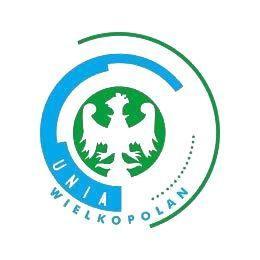
The Poznań Heritage Centre is a city cultural institution that talks about Poznań and its heritage. It operates in the Poznań Gate, on the Royal-Imperial Route, in the Enigma Cipher Centre, in the Śluza Gallery and at Fest Fyrtlach. It also realises such initiatives as: the Śródka Social Archive and the Poznań Trail of Legends for Children.
Poznań Heritage Center
Poznań
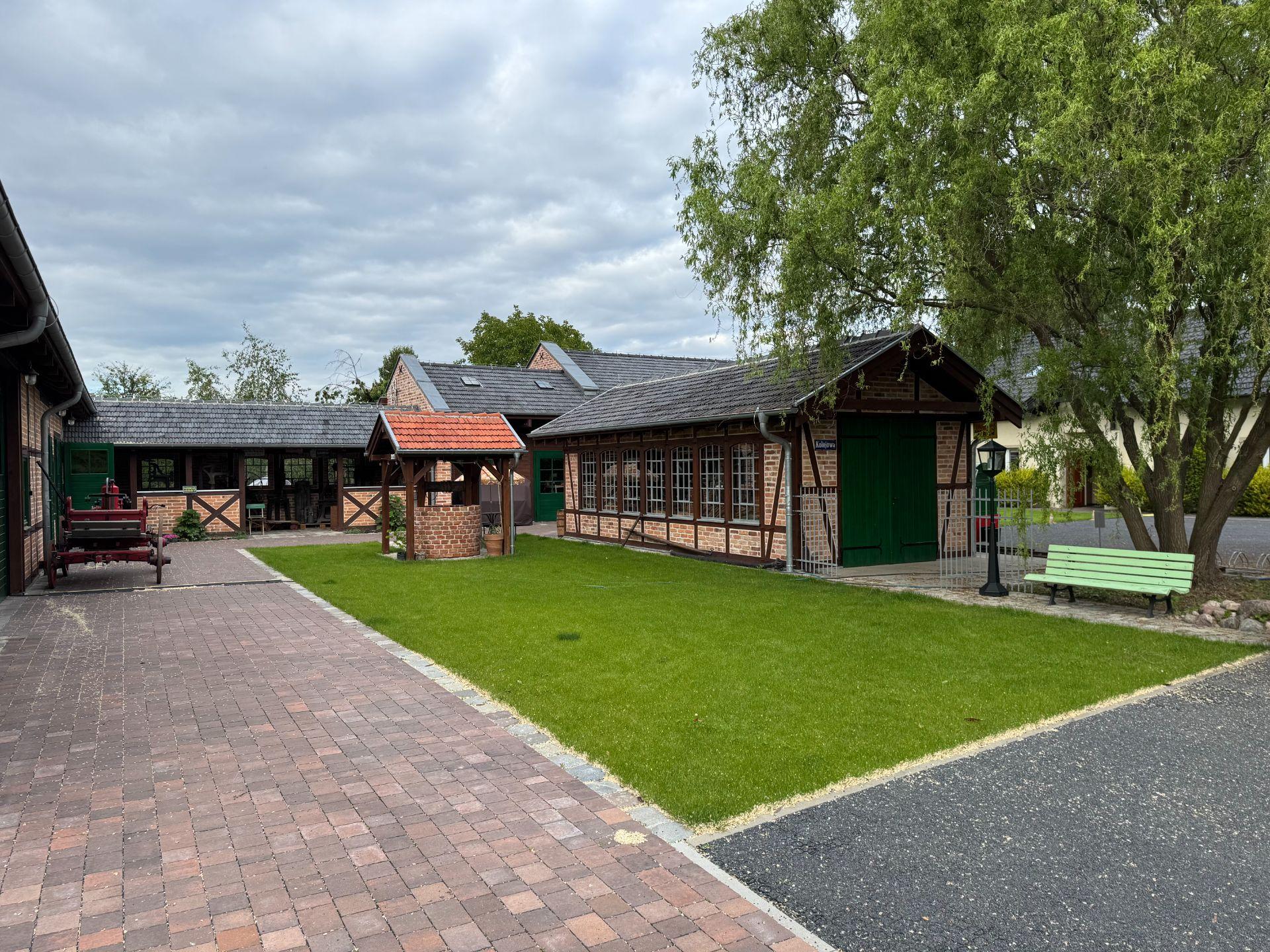
The Poznań Heritage Centre is a city cultural institution that talks about Poznań and its heritage. It operates in the Poznań Gate, on the Royal-Imperial Route, in the Enigma Cipher Centre, in the Śluza Gallery and at Fest Fyrtlach. It also realises such initiatives as: the Śródka Social Archive and the Poznań Trail of Legends for Children.




